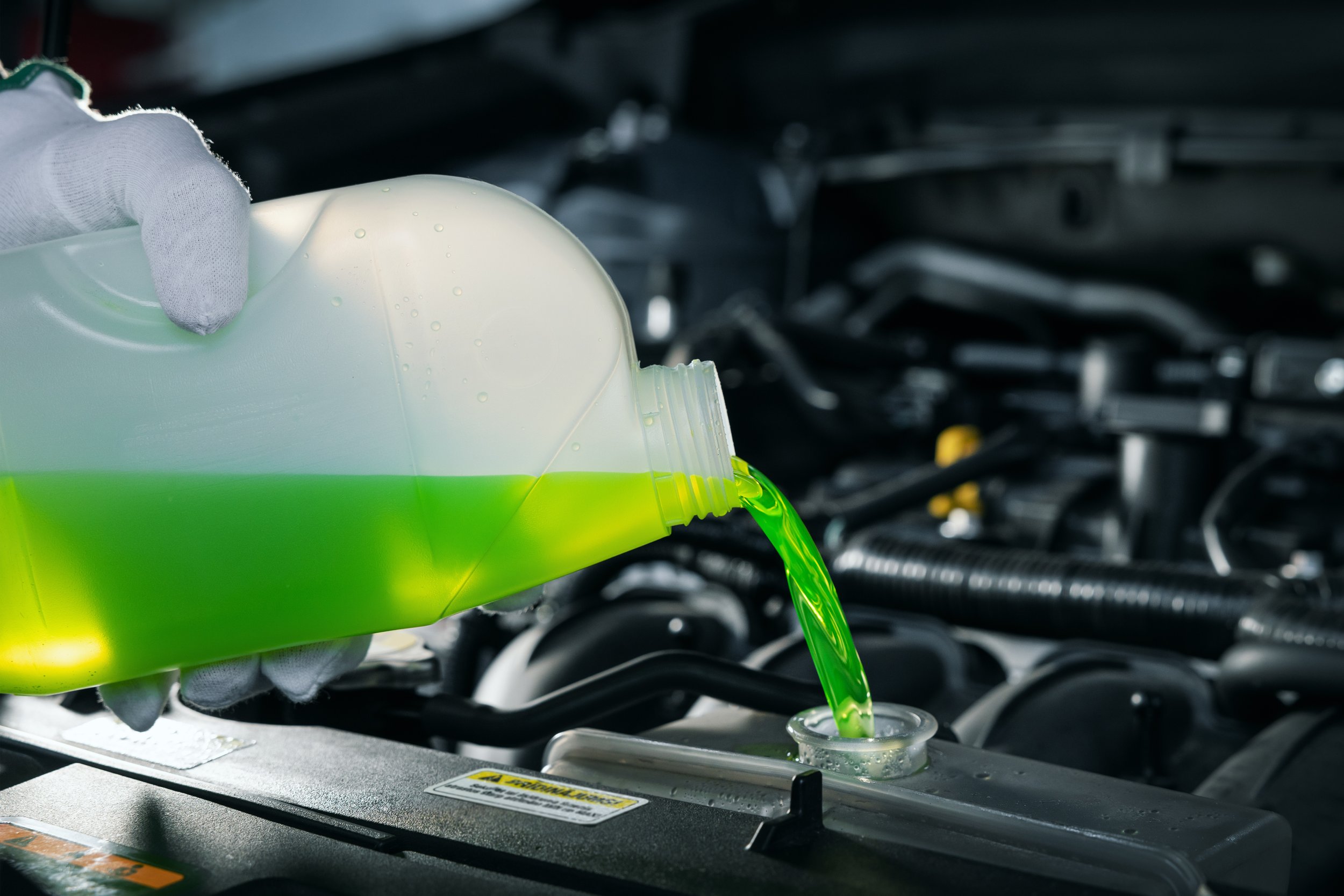
FLUID
SERVICES
FLUID SERVICES THAT WE OFFER (REFILL, DRAIN OUT, AND FLUSH)


FLUID SERVICES THAT WE OFFER (REFILL, DRAIN OUT, AND FLUSH)
A vehicle transmission flush is a maintenance procedure that involves removing all the old transmission fluid from your vehicle's transmission system and replacing it with fresh fluid. This process helps to remove contaminants, debris, and sludge that can build up over time, ensuring that the transmission operates smoothly and efficiently. A transmission flush can improve shifting performance, extend the lifespan of the transmission, and prevent potential transmission problems. It is typically recommended at specific intervals based on the vehicle manufacturer's guidelines to maintain optimal transmission health.
A vehicle differential flush is a maintenance service that involves draining the old differential fluid from the differential housing and replacing it with new fluid. The differential fluid lubricates the gears, bearings, and other internal components of the differential, helping to ensure smooth and efficient operation. Over time, the fluid can become contaminated with debris and lose its effectiveness, leading to increased wear and potential damage. Performing a differential flush removes these contaminants and replenishes the system with clean fluid, enhancing the performance and longevity of the differential.
A vehicle transfer case flush is a maintenance procedure that involves draining the old fluid from the transfer case and replacing it with new fluid. The transfer case is a component in four-wheel drive and all-wheel drive vehicles that distributes power from the transmission to the front and rear axles. Over time, the fluid in the transfer case can become contaminated with debris and degrade, leading to poor lubrication and potential damage to the gears and bearings. Performing a transfer case flush removes the contaminated fluid and replenishes it with clean fluid, ensuring smooth operation and extending the lifespan of the transfer case. This service is usually recommended at intervals specified by the vehicle manufacturer to maintain optimal performance and reliability.
Regular vehicle brake fluid service is vital for maintaining safety, performance, and the longevity of the braking system. It ensures effective braking, prevents system failure, reduces the risk of costly repairs, and maintains compliance with manufacturer recommendations and regulatory requirements. By keeping the brake fluid clean and fresh, you help ensure that your vehicle’s braking system operates reliably and efficiently.
A vehicle engine oil drain, also known as an oil change, is a routine maintenance procedure where the old engine oil is drained from the engine and replaced with fresh oil. During this process, the oil filter is typically replaced as well. Engine oil lubricates the engine's internal components, reducing friction and preventing wear. Over time, the oil can become contaminated with dirt, debris, and combustion byproducts, which can reduce its effectiveness. Draining the old oil and replacing it with clean oil helps maintain proper lubrication, improves engine performance, and extends the engine's lifespan. Regular oil changes are essential for keeping the engine running smoothly and efficiently, and they are usually recommended based on the vehicle manufacturer's mileage or time intervals.
A vehicle coolant drain, also known as a coolant flush or radiator flush, is a maintenance procedure where the old coolant (antifreeze) is drained from the cooling system and replaced with fresh coolant. This process helps remove contaminants, rust, and debris that can accumulate in the coolant over time, which can reduce its effectiveness in regulating the engine's temperature and preventing overheating. Performing a coolant drain ensures that the cooling system operates efficiently, maintains optimal engine temperature, and protects the engine from extreme temperatures and corrosion. Regular coolant flushes are typically recommended based on the vehicle manufacturer's guidelines to maintain the health and performance of the cooling system.
